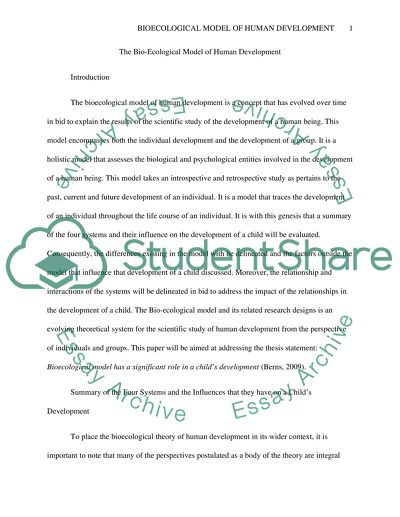Cite this document
(“The Bio-Ecological Model of Human Development Research Paper”, n.d.)
Retrieved from https://studentshare.org/education/1443707-bioecological-model-of-human-development-four
Retrieved from https://studentshare.org/education/1443707-bioecological-model-of-human-development-four
(The Bio-Ecological Model of Human Development Research Paper)
https://studentshare.org/education/1443707-bioecological-model-of-human-development-four.
https://studentshare.org/education/1443707-bioecological-model-of-human-development-four.
“The Bio-Ecological Model of Human Development Research Paper”, n.d. https://studentshare.org/education/1443707-bioecological-model-of-human-development-four.


